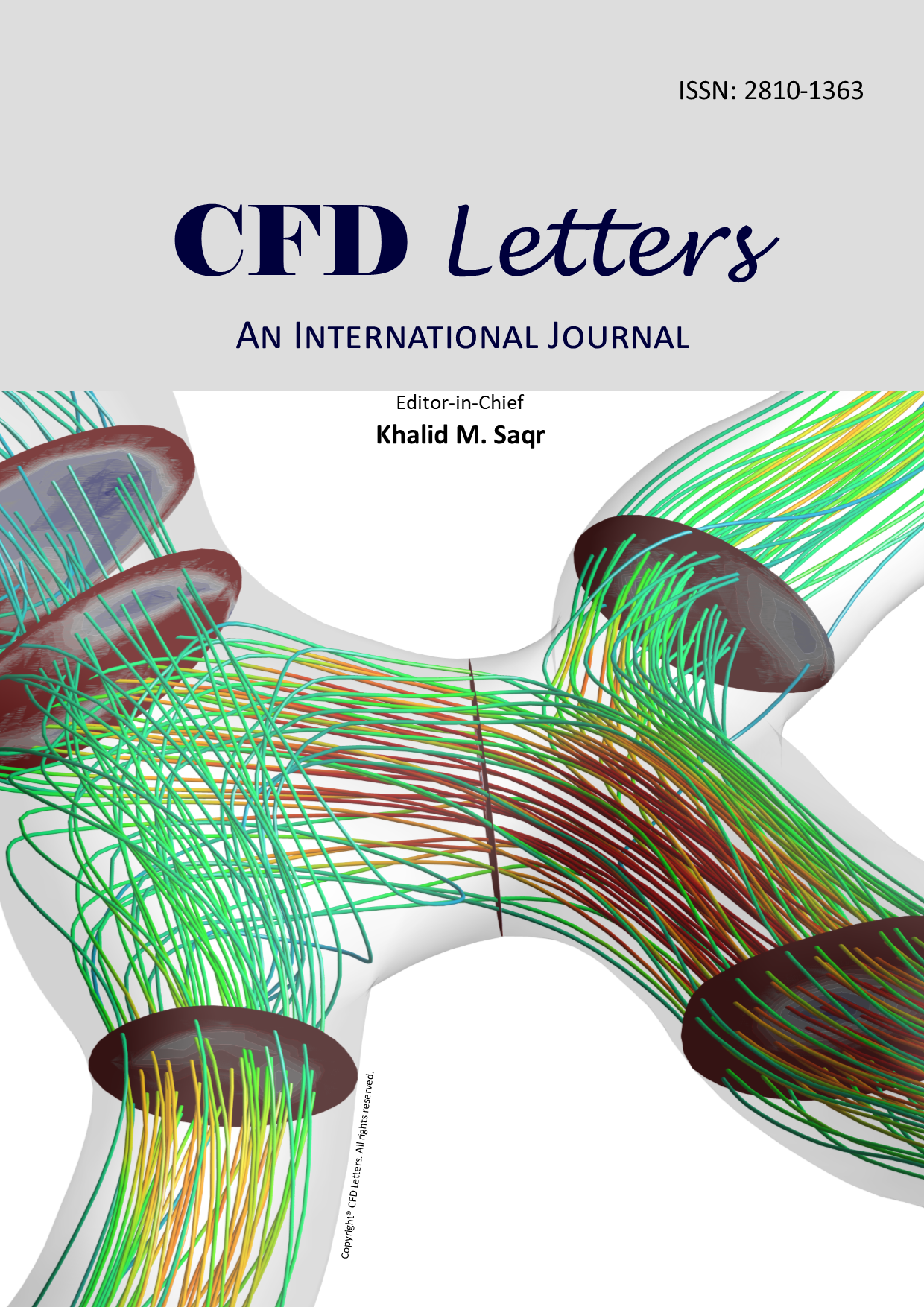Study of Extracted Geometry Effect on Patient-Specific Cerebral Aneurysm Model with Different Threshold Coefficient (Cthres)
DOI:
https://doi.org/10.37934/cfdl.12.10.114Keywords:
Cerebral aneurysm, threshold coefficient, hemodynamics, wall shear stress, computational fluid dynamicsAbstract
The recent diagnostic assessment of cerebrovascular disease makes use of computational fluid dynamics (CFD) to quantify blood flow and determine the hemodynamics factors contributing to the disease from patient-specific models. However, compliant and anatomical patient-specific geometries are generally reconstructed from the medical images with different threshold values subjectively. Therefore, this paper tends to present the effect of extracted geometry with different threshold coefficient, Cthres by using a patient-specific cerebral aneurysm model. A set of medical images, digital subtraction angiography (DSA) images from the real patient diagnosed with internal carotid artery (ICA) aneurysm was obtained. The threshold value used to extract the patient-specific cerebral aneurysm geometry was calculated by using a simple threshold determination method. Several threshold coefficients, Cthres such as 0.2, 0.3, 0.4, 0.5 and 0.6 were employed in the image segmentation creating three-dimensional (3D) realistic arterial geometries that were then used for CFD simulation. As a result, we obtained that the volume of patient-specific cerebral aneurysm geometry decreases as the threshold coefficient, Cthres increases. There is dislocation of artery attached to the ICA aneurysm geometry occurred at a high threshold coefficient, Cthres. Besides, the physical changes also bring remarkable physiological effect on the wall shear stress (WSS) distribution and velocity flow field at patient-specific cerebral aneurysm geometry reconstructed with different threshold coefficient, Cthres.













